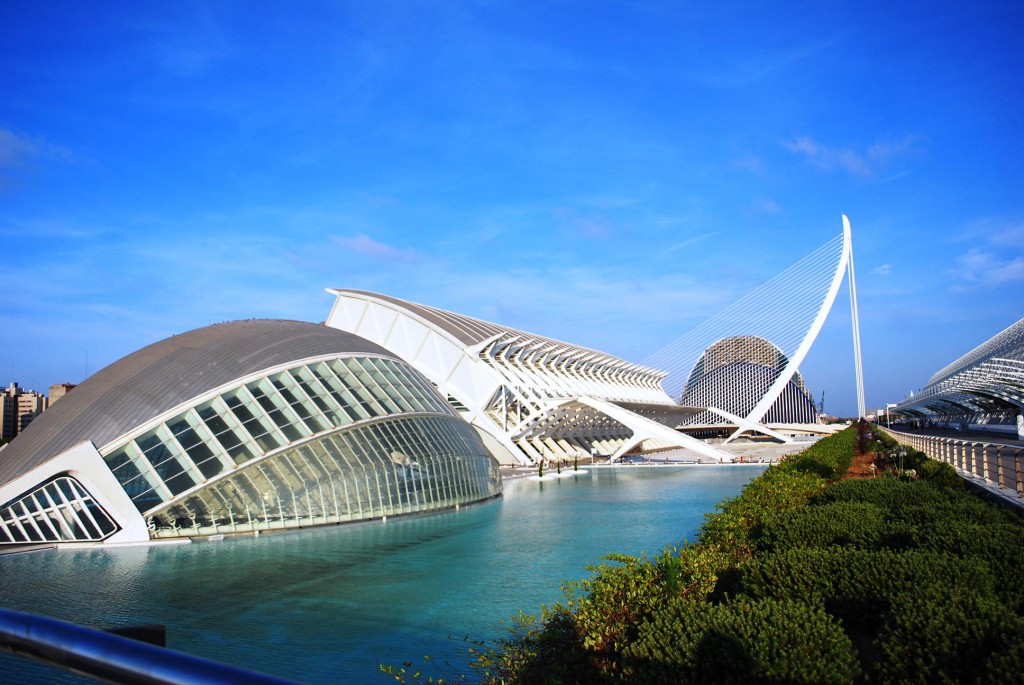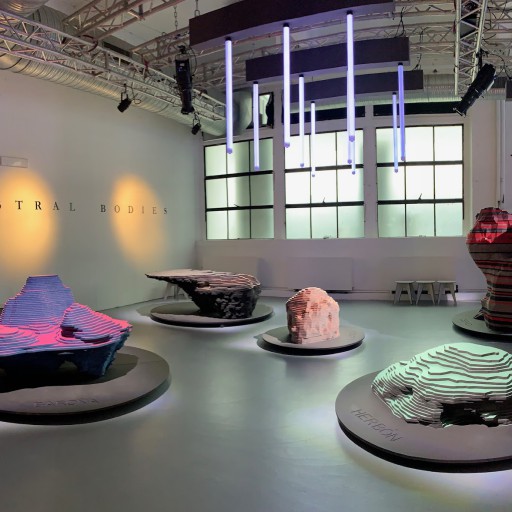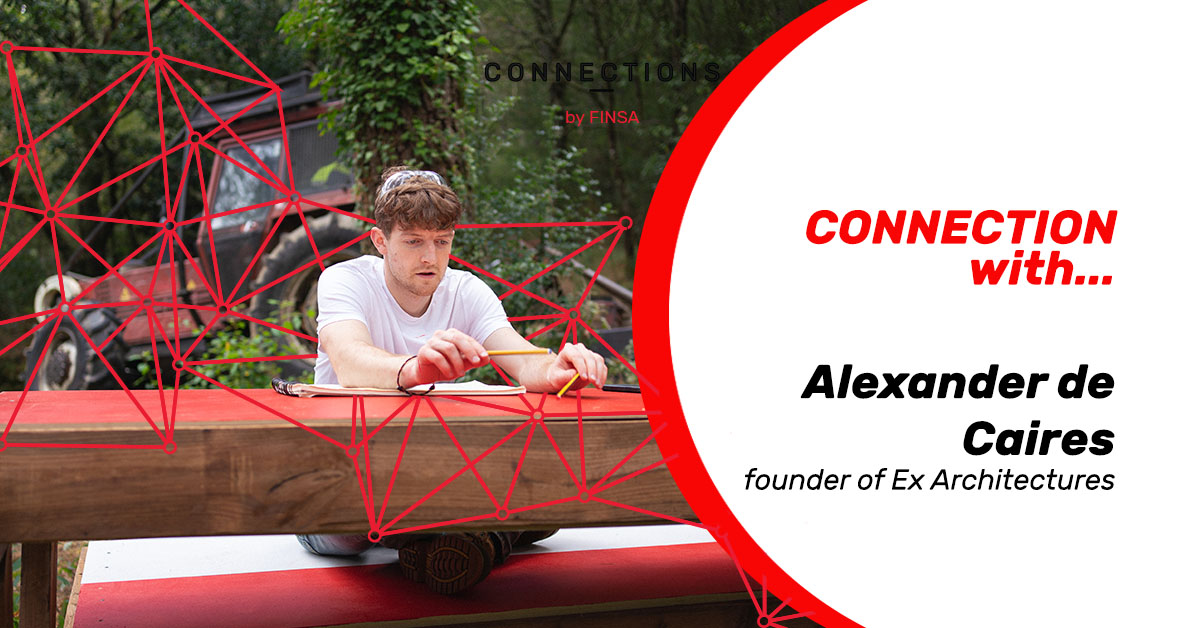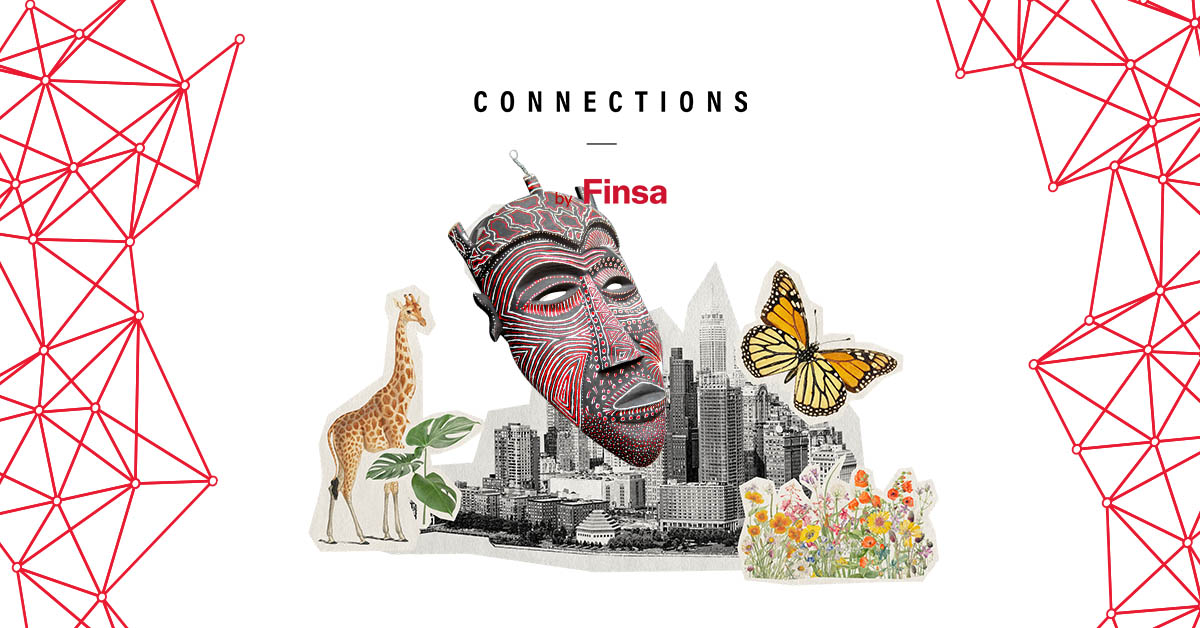Does the idea of having to work in an industrial park make you shudder? Grey walls, few outdoor areas, and a lack of public services are usually the first things that come to mind when we think of these places. Is it really impossible for function and beauty to live side by side? The answer is no, and we’ll tell you why.
Many industrial parks are deteriorating with the passing of time. Companies aren’t concerned with the area surrounding their facilities and they suffering from a lack of upkeep. This, along with other factors including the relocation of production plants, have resulted in the accelerated decline and increasing obsolescence of these areas.
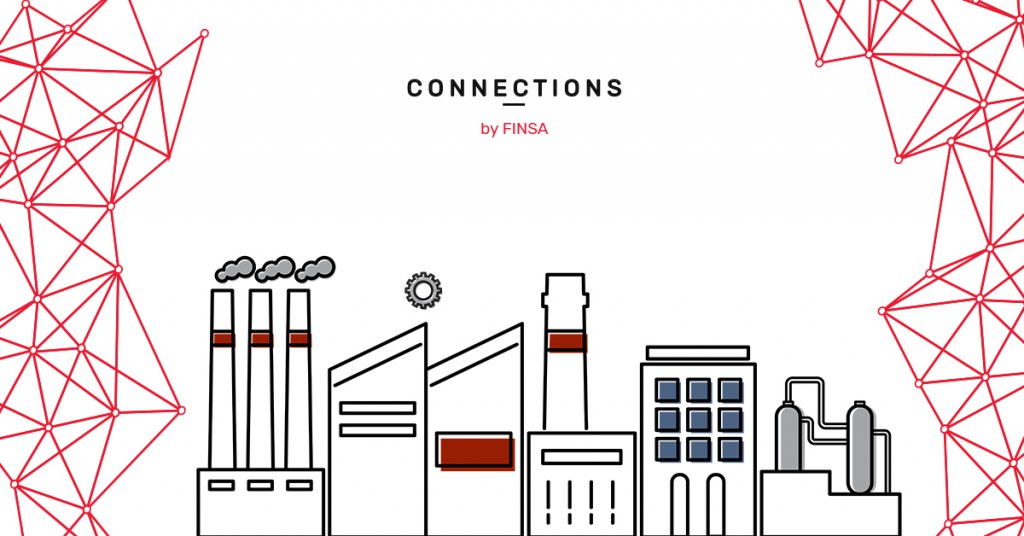
Reframing the “poligonero”
Urban areas have noticed the above issues and have started looking for solutions. The Besós industrial parks in Barcelona have urbanised following the guidelines laid out in the project “Poligoneras, justicia de género de los polígonos industriales”* (“Poligoneras, gender justice in industrial parks”).
Some of the changes that have been implemented using this model include: improved accessibility, more frequent public transport, pedestrian crossings, more lighting, and green spaces, all of which people to use these areas and improve their safety.
*”Poligonero/a” is used in Spanish to refer to anything associated with industrial areas (polígonos) and has a negative connotation.
Innovation and design in industrial spaces
All of these solutions can be applied without compromising on innovation, creativity, and beauty in industrial design. In Amsterdam, pedestrian crossings have been equipped with LED lights to avoid accidents caused by people looking at their phones while they cross the road.
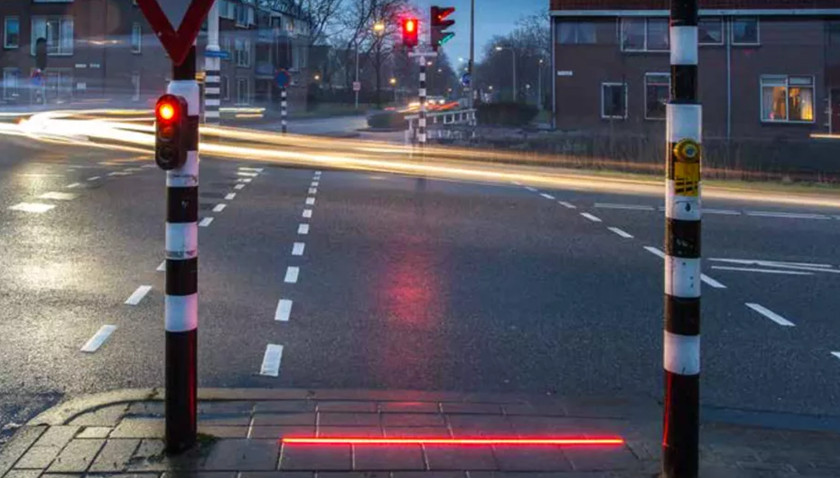
Other ways of urbanising industrial areas include bus stops and green spaces where workers can relax and enjoy a coffee on their break. Matadero Madrid is a contemporary arts centre located in what used to be the city’s slaughterhouse. It includes Jerónimo Hagerman’s the Archipiélago project a modular, dynamic system of hexagonal plant islands that envelope the user. It’s an example of modern urban furniture design that has created both a green space and a break area.
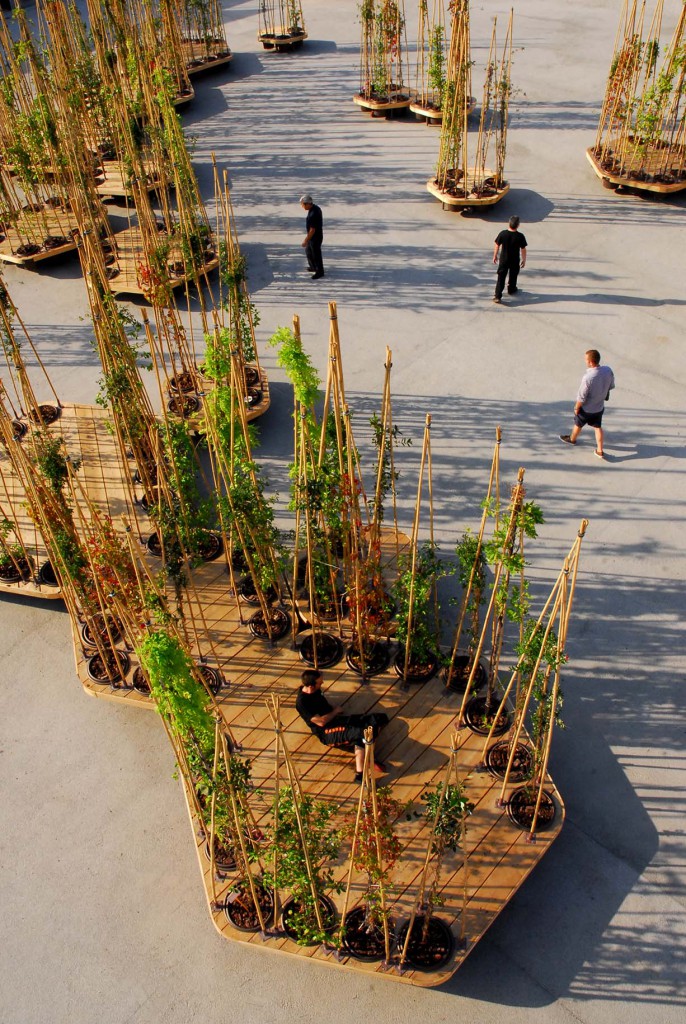
Technology parks and hubs
Society’s digital transformation and new professions have given rise to new kinds of spaces like technology parks and hubs. These are the new benchmarks in design, innovation, and functionality. Some of the best examples can be found in Silicon Valley, like Googleplex and the Samsung headquarters.
The main building of the Google complex, Googleplex, is designed to maximise natural light. Work areas are divided into smaller spaces each for four and are designed to encourage the development ideas and avoid the noise found in larger offices. It also has a gym, a pool, videogame rooms, and spaces in which employees can practice mindfulness. But the biggest difference is the importance given to open-air spaces. There are tennis courts and football fields, and they plant vegetables in the garden that are then served in the cafeteria. The latter allows the staff to also enjoy the benefits of horticulture.
Samsung’s headquarters are another example of a great industrial park. The building’s design was inspired by a microchip and features glass and white metal panels. The structure was designed around the path of sun, with the light adjusting accordingly. In addition to the sales and research departments inside the building, there is an outdoor cafeteria to encourage physical activity and walks outside. The complex also has a gym, napping capsules, and rooms where employees can listen to music under coloured lighting.
Great, functional cities
Barcelona’s City of Justice and Valencia’s City of Arts and Sciences are two other spaces designed for work and education that have not compromised on design.
The City of Justice was designed by architect David Chipperfield and Fermín Vázquez. The set of eight buildings shares a publicly accessible plaza and breaks the mould when it comes to the rigid image of justice with its balance of work, public, and green spaces. The unusual arrangement of the buildings, as well as the array of sizes and colours, was designed to create a harmonious landscape.
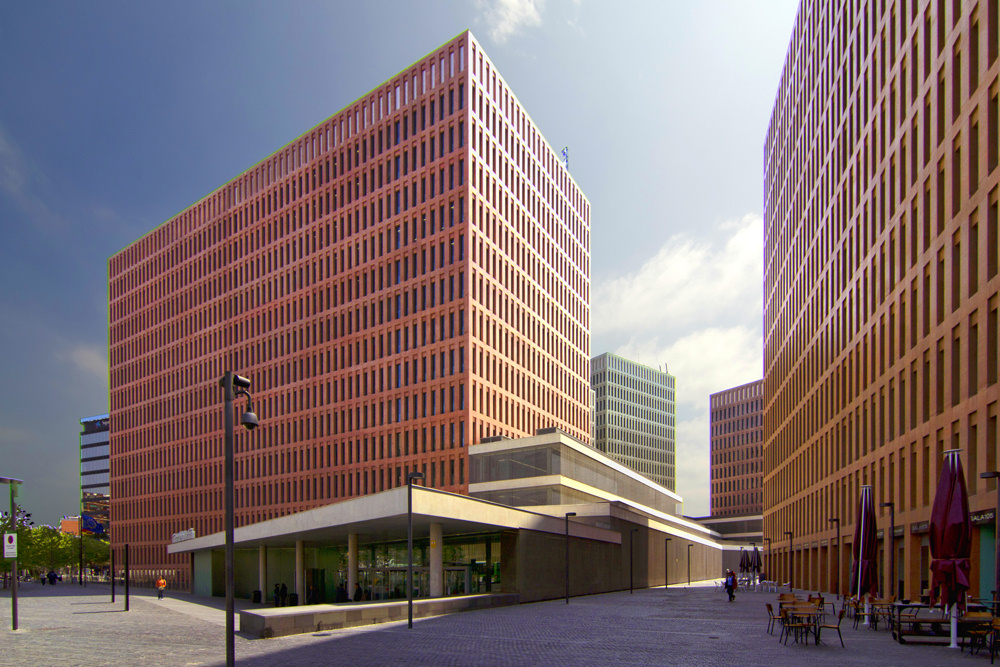
The City of Arts and Sciences in Valencia was designed to help foster the development of technology, science, and the arts. This dissemination of knowledge all happens in the one unique space, which was designed by Santiago Calatrava and Félix Candela. The complex includes green spaces, bike lanes, and restaurants.
This summary of the urbanisation of industrial parks, including modern features, Silicon Valley offices, and the aforementioned cities shows that functional doesn’t have to be ugly. Hopefully it will inspire the redesign of both the exterior and interior spaces of other industrial areas, business complexes, offices and hubs.
